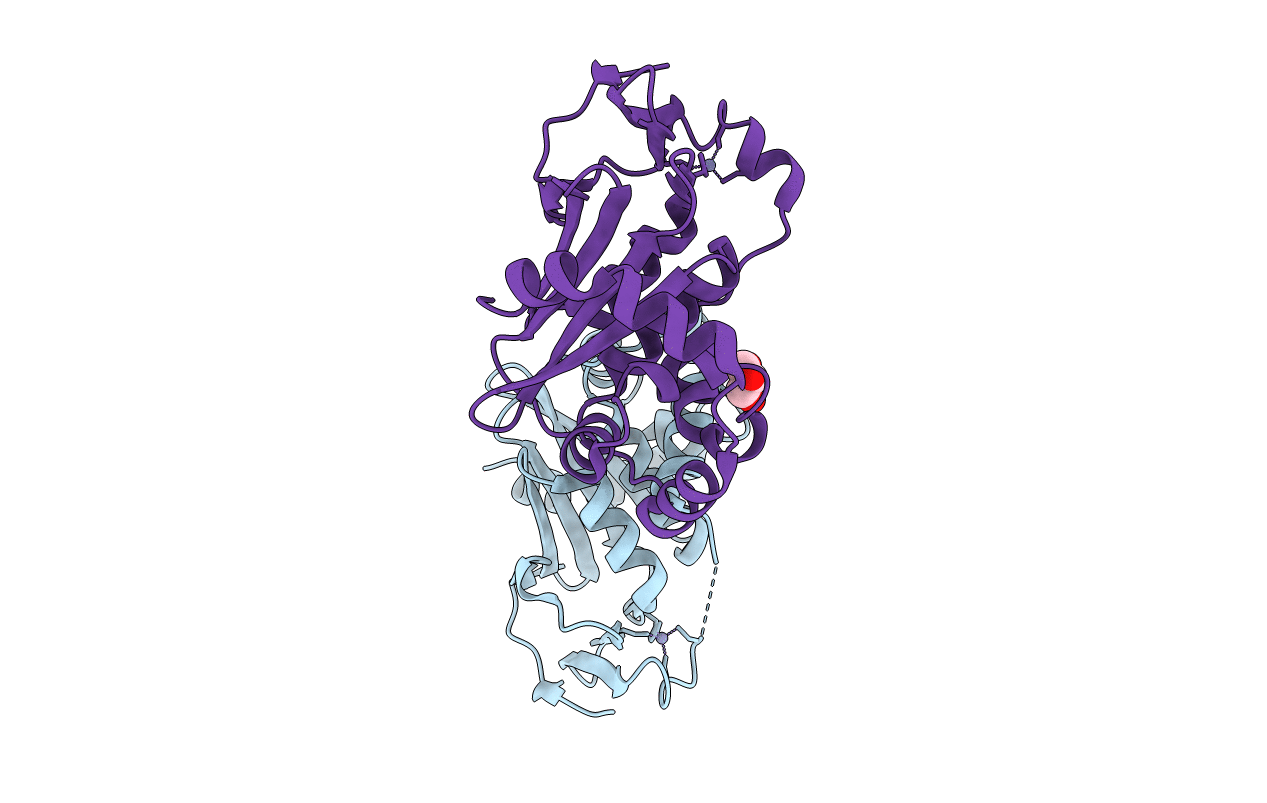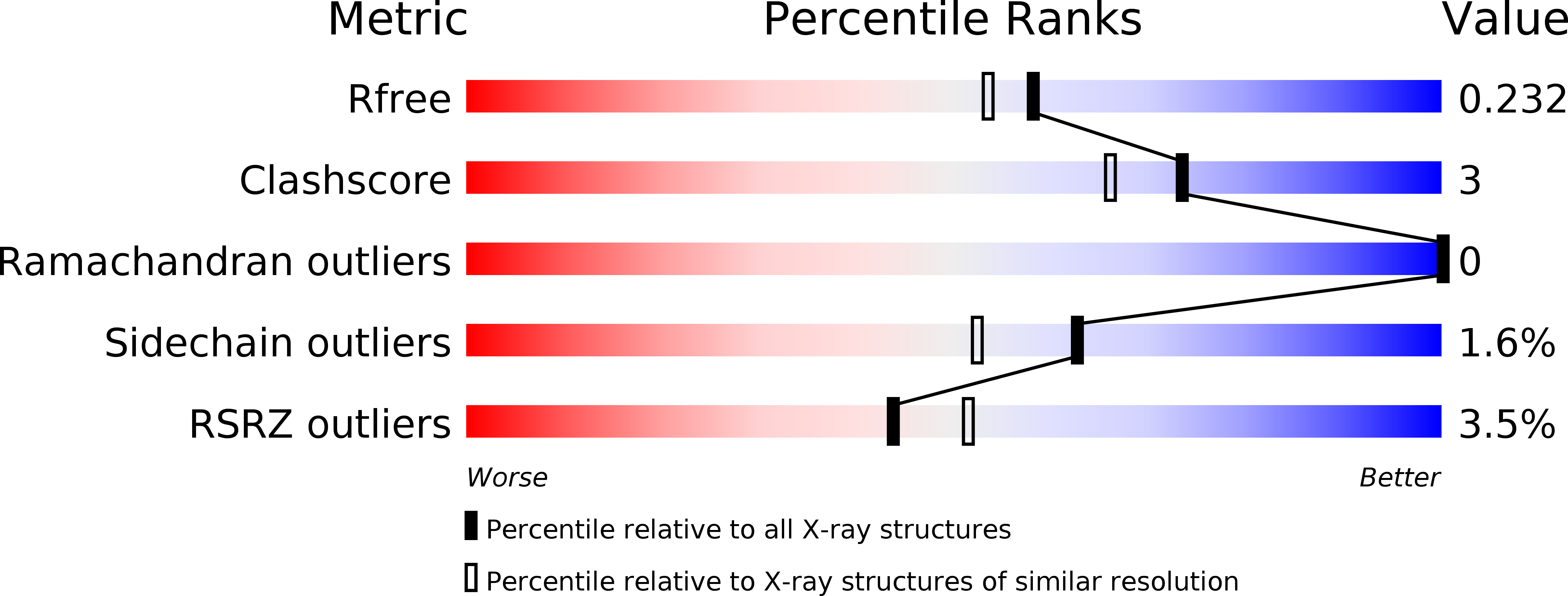
Deposition Date
2015-09-11
Release Date
2015-11-25
Last Version Date
2024-03-06
Entry Detail
PDB ID:
5DOC
Keywords:
Title:
Crystal structure of the Human Cytomegalovirus UL53 subunit of the NEC
Biological Source:
Source Organism:
Human cytomegalovirus (strain AD169) (Taxon ID: 10360)
Host Organism:
Method Details:
Experimental Method:
Resolution:
1.94 Å
R-Value Free:
0.21
R-Value Work:
0.18
R-Value Observed:
0.18
Space Group:
P 1


